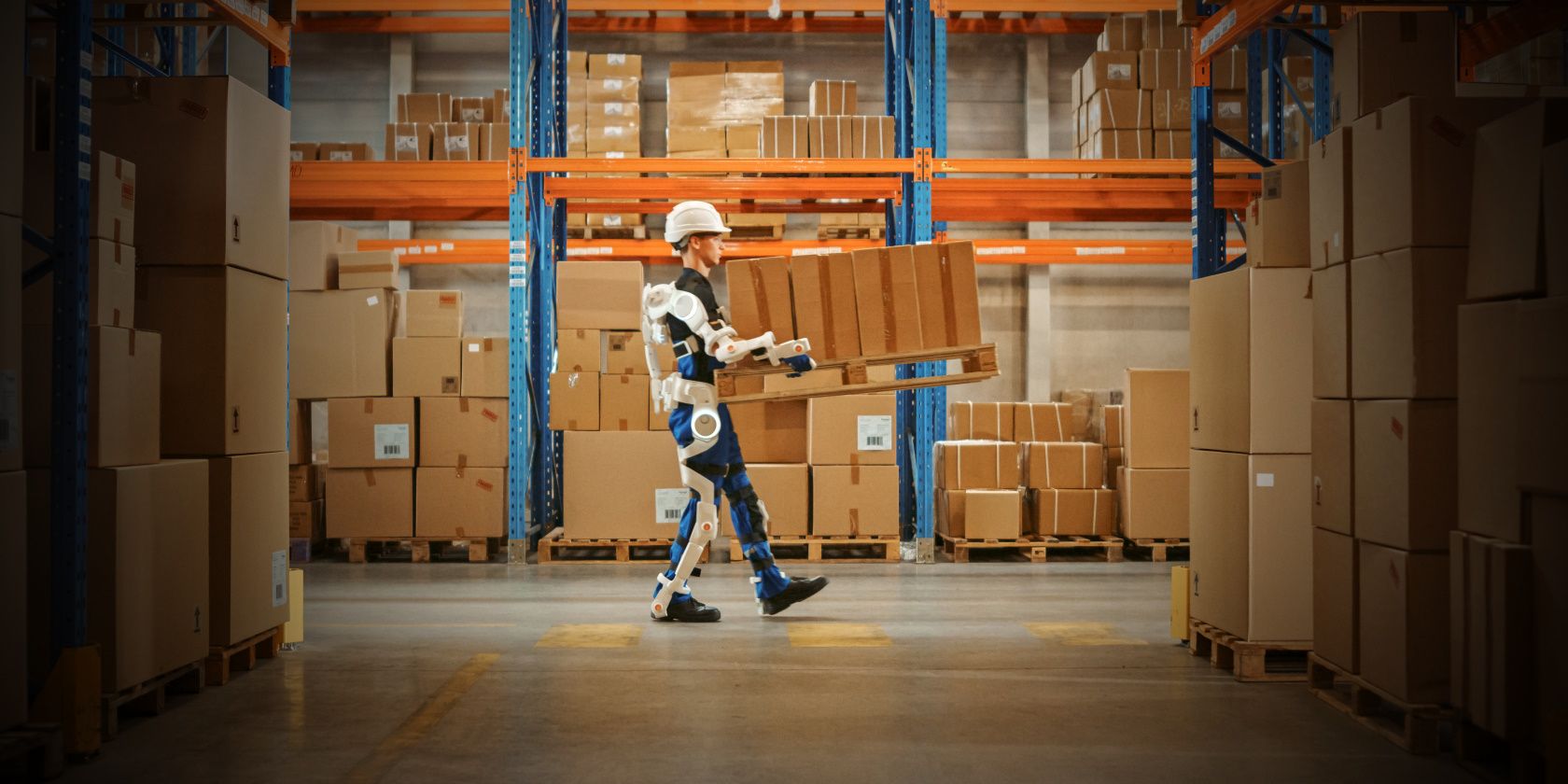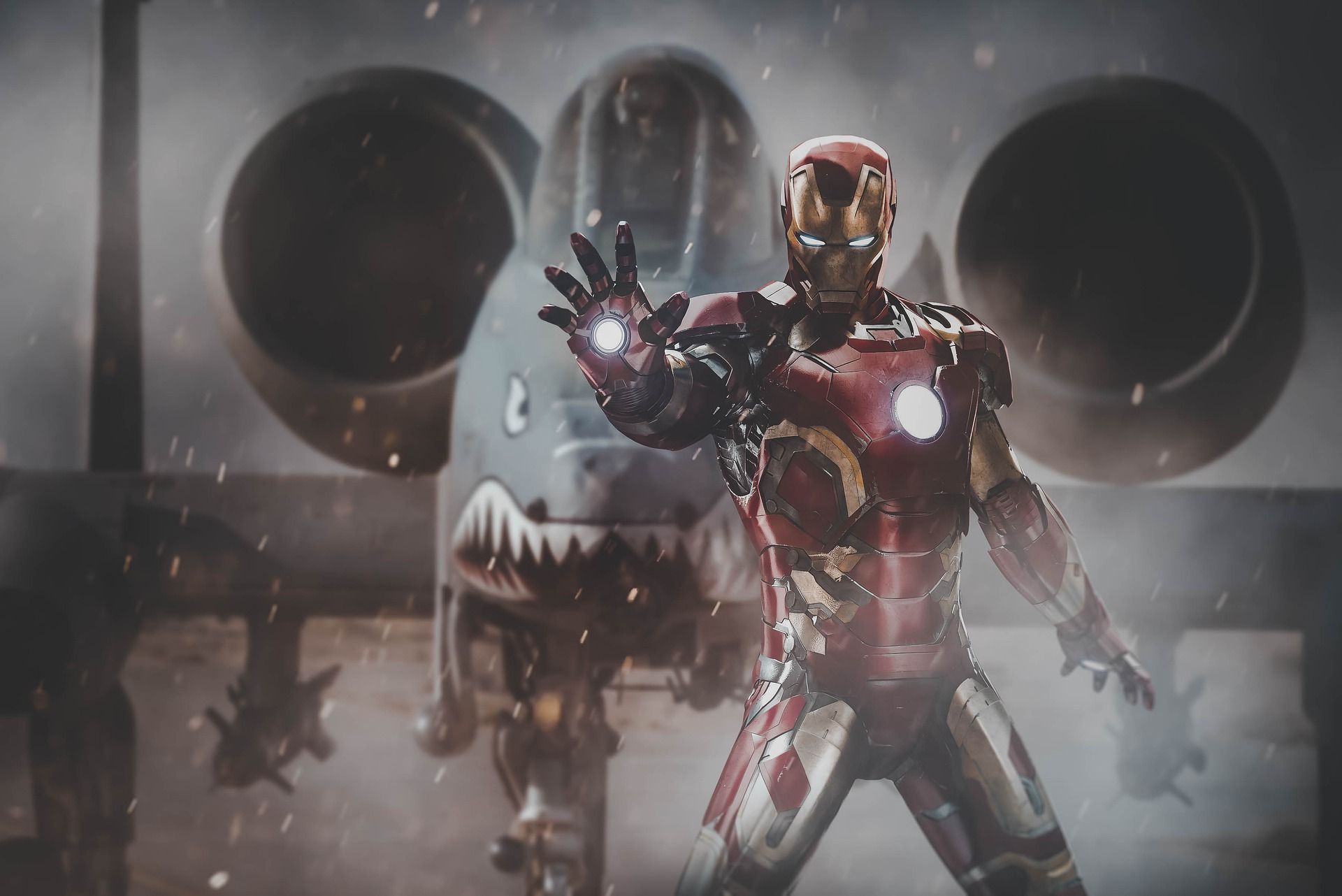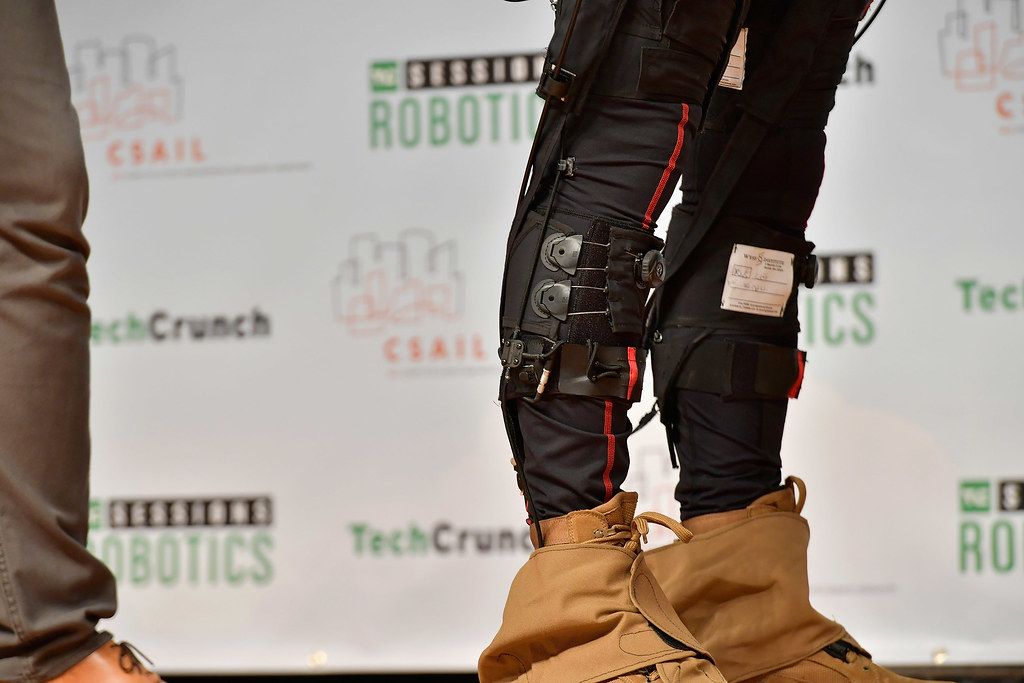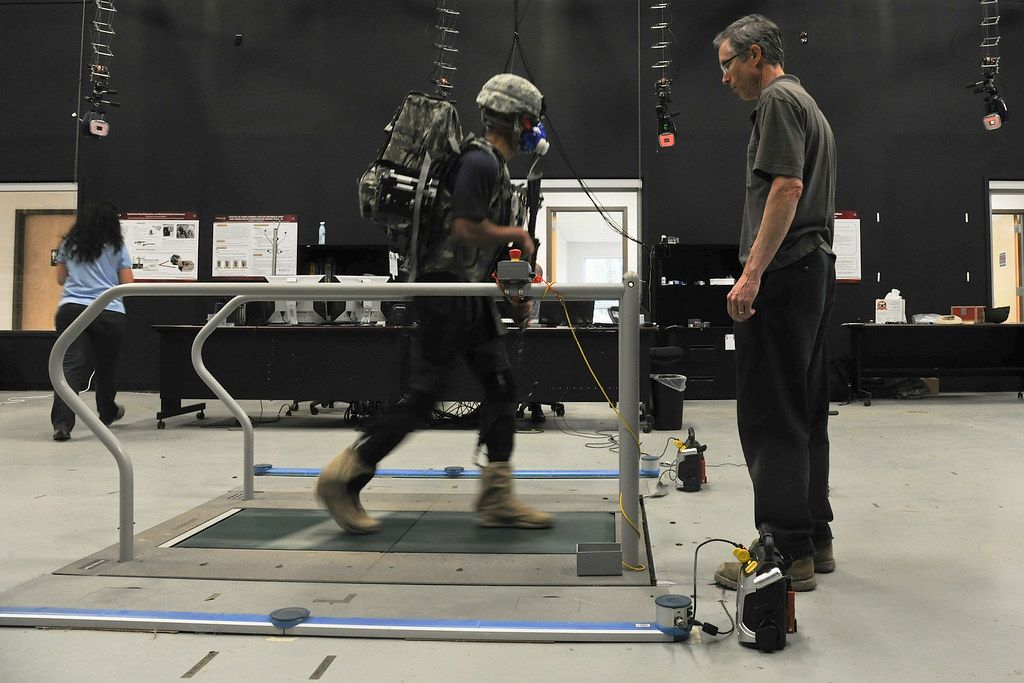Exoskeletons are often depicted in science fiction movies, and they’re now being used in real life. They are already common in some industries, such as construction and medicine, and their applications are numerous.
So, what exactly are they used for? And how do exoskeletons work? In this article, we’ll look at some of the exoskeletons that are currently in use.
What Are Exoskeletons?
Exoskeletons are basically wearable machines that provide human augmentation capabilities. Depending on its function, an exoskeleton can be made of hard materials (such as plastic or metal) or soft materials (like fabric). In addition, some can be motorized or electrical, and others are simply mechanical and unpowered.
Most commonly, an exoskeleton enhances the wearer’s capabilities in some way. There are several uses for exoskeletons, including:
- Increasing strength and productivity.
- Reducing fatigue.
- Minimizing injury.
- Providing support.
- Returning function (in the case of paralysis or injury).
How Do Exoskeletons Work?
Depending on the type and function of the exoskeleton, they can work very differently. The two broad categories of exoskeletons are mechanical and powered exoskeletons, which we’ll describe below.
Passive Exoskeletons
Passive exoskeletons are unpowered and function primarily mechanically by redistributing weight from one part of the body to another. One common way they work is by taking the weight from the arms and shoulders and distributing it to the core or leg muscles. This way, the arms fatigue less, and the weight is spread out more, reducing the chances of strain and injury.
Powered Exoskeletons
Electric exoskeletons, on the other hand, can add strength and function to the wearer. However, because such exoskeletons require power, they’re typically heavier and bulkier to allow for the hardware and batteries. They also need recharging and may have short battery lives, which can be a downside in fast-paced industries.
Types of Exoskeletons
There are various exoskeletons already in use. Many of these are in the construction industry and are designed to improve productivity and safety for workers.
Power Gloves
Power gloves such as the Bioservo Ironhand detect a user’s actions via sensors in the glove. When the glove detects that the wearer is about to grip an object, the Ironhand increases the wearer’s grip strength. The strength varies depending on the sensed weight of the object.
Upper Body Support
Exoskeletons designed to support the upper body redistributes weight from the arms and shoulders to other body parts, including the core and legs. This lessens strain and fatigue associated with overhead activities such as lifting, plastering, cutting, and drilling.
These typically work by providing a metal frame that encircles the chest or core. From this, a metal rod (or other weight distribution technology, such as pulleys or springs) extends to the arms, providing a counterbalance for the workload.
An example of this is Levitate Technology’s Airframe Exoskeleton. The Airframe uses a pulley system to reduce exertion by up to 80% while attempting overhead tasks. The pulleys activate as the user lifts their arms and gradually release as they lower them. Another example is in healthcare, where a prototype suit is being used to help nurses lift patients on and off beds.
Crouching and Standing Support
When a user crouches, a lower-body exoskeleton locks into place to take the weight of their body so that their legs and knees don’t have to do any work. It also allows workers to sit and take the weight off their legs, which is important for those standing for long hours.
The legX from suitX is an example of a crouch-support exoskeleton. It comes with custom work boots and tool belt options and uses sensors to detect when the wearer is crouching, standing, or walking, providing support as necessary.
Full-body Exoskeletons
Full-body exoskeletons, as the name implies, provide support to the entire body. An example is the suitX which takes the weight off the wearer when they bend over, lift objects overhead, crouch, or simply stand. The suitX uses compressed-air springs and assist mechanisms.
Several exoskeletons are under development, providing movement back to disabled and injured people (such as those with stroke or spinal injuries who have lost the ability to move their bodies).
In fact, a few lower-body exoskeletons already exist which provide this function. In the healthcare setting, these powered exoskeletons allow patients to carry their weight and walk once more. Some of these work by taking brain activity and translating it into motion (controlling the exoskeleton with your mind).
Challenges and Limitations of Exoskeletons
There are several challenges to overcome before exoskeletons become more useful, cheap, and common.
Power Source
A powered exoskeleton requires a power source. Having cables run off an exoskeleton creates a safety and efficiency problem, so batteries are much more suitable. But, batteries require charging and frequent replacement. Batteries also add significant weight to the exoskeleton, which can complicate its design and effectiveness. This means that we may need significant advances in battery technology for viable, high-power exoskeletons.
Exoskeleton development company, Sarcos, is working on the Guardian XO, which can run under 500 watts (far less than most competitors) for over 8 hours and have its batteries replaced without turning off the exoskeleton.
Materials and Weight
Another significant challenge is finding strong but light materials that the exoskeleton doesn’t have to work to lift its own weight—while also being affordable. Carbon fiber and similar materials are typically strong and light enough but fairly expensive. Steel, while strong enough, is often too heavy and reduces or ruins the efficiency of an exoskeleton.
Joint Flexibility and Actuation
Finally, an exoskeleton needs to both move with the human body and provide strength or support. This means that it needs to have joints that match the range of motion of human limbs (and the spine) while also being powerful enough to do its job. This is harder than it seems at first glance!
Soft exoskeletons are much better than hard exoskeletons at flexibility but provide far less support (so far). And there are several technologies used to provide the power behind joints. One interesting example is the pneumatic air muscle that works very similarly to human muscles, except using pressurized air.
The Future of Work
As exoskeletons become more advanced, we’ll likely see them become far more common in several industries. They are already fairly common in the construction, automobile, and agriculture industries, where they help workers lift more for longer with a reduced chance of strain and other injuries.
Other industries, including healthcare and the military, are likely to see several applications from exoskeletons in the near future. For example, exoskeletons will likely be used to restore function to victims of paralysis and injury and enhance soldiers in the field.




